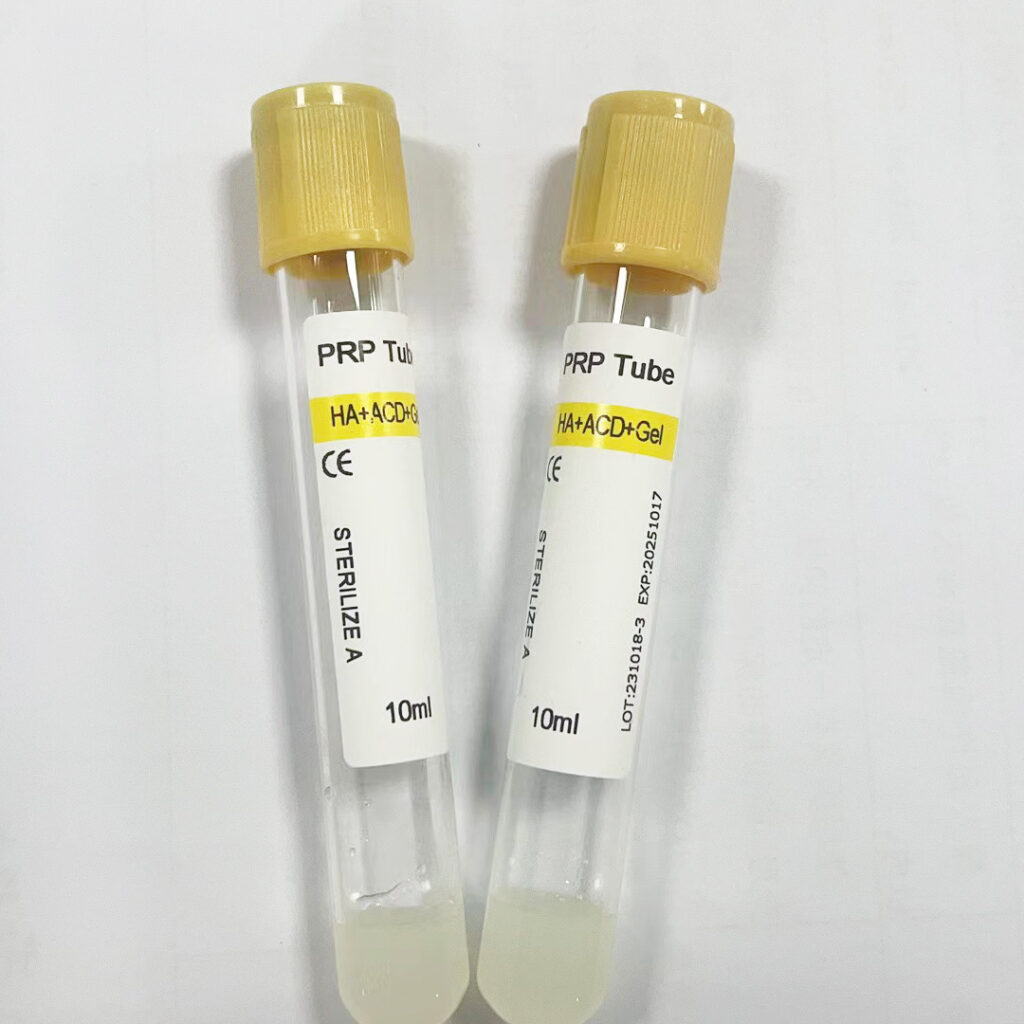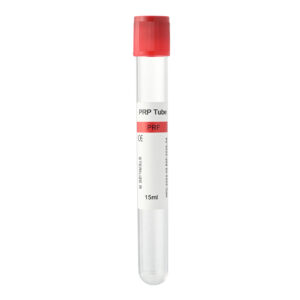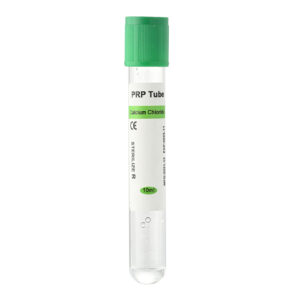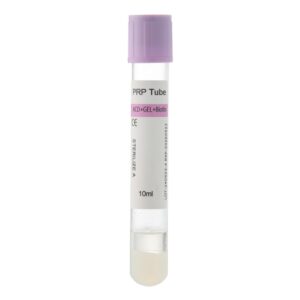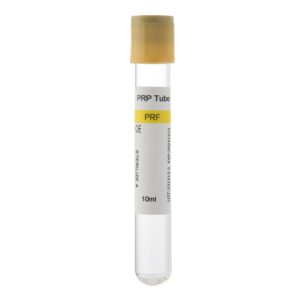Knee pain is a common issue for many middle-aged, elderly, and athletic individuals. For those with knee osteoarthritis or soft tissue injuries, finding an effective treatment is crucial. PRP (Platelet-Rich Plasma) injections, a new biological treatment, are gaining recognition from medical experts and patients due to their ability to promote tissue regeneration and repair. But how many PRP injections are necessary for treating knee issues? This article will explore this question in detail.
The Basics of PRP Injections
PRP therapy involves extracting platelet-rich plasma from the patient’s blood and injecting it into the damaged area. Platelets contain numerous growth factors that accelerate the healing process of soft tissues, tendons, and ligaments, reduce inflammation, and promote regeneration. Therefore, healthcare providers have widely used PRP injections to treat knee osteoarthritis, meniscus injuries, and tendon problems.
The principle of PRP treatment is to utilize the body’s natural healing mechanisms to accelerate recovery. When healthcare providers inject platelets into injured tissue, the growth factors activate the cell repair process, promote new tissue growth, improve joint function, and reduce pain.
Effectiveness of PRP Injections for Knee Treatment
The treatment plan for PRP injections is usually individualized, as each patient’s condition and response to treatment may vary. Generally, for mild to moderate knee problems, doctors recommend 1 to 3 PRP injections. Healthcare providers typically schedule PRP injections at intervals of 4 to 6 weeks, adjusting the number of injections and intervals based on the patient’s condition and response to treatment.
- First Injection: The initial injection is typically aimed at reducing symptoms. Many patients experience a reduction in pain and improved mobility after the first injection. The growth factors in the platelets act quickly to stimulate tissue regeneration and repair.
- Second Injection: Healthcare providers may recommend a second injection for patients who respond well to further consolidate the treatment effect. The second injection can help continue tissue repair and improve joint flexibility and function for those whose symptoms are not fully alleviated.
- Third Injection: Some patients may require a third injection to restore knee function fully. This is especially true for moderate knee osteoarthritis or more severe soft tissue injuries, where three injections can significantly improve and help patients regain normal daily activities.
Factors Determining the Number of PRP Injections
The number of PRP injections required depends on several key factors:
- The severity of the Condition: Patients with mild soft tissue injuries or knee osteoarthritis may significantly improve with just one injection. However, those with moderate to severe conditions may require multiple injections. The more severe the condition, the more challenging it is to repair the damaged tissue, which naturally increases the number of injections needed.
- Individual Response: Each patient responds differently to PRP treatment. Some experience significant relief after just one injection, with reduced pain and improved mobility, while others may need multiple injections to achieve optimal results. Therefore, doctors decide on the need for further injections based on patient feedback and changes in their condition.
- Patient Lifestyle: Patients who actively engage in rehabilitation exercises and maintain a healthy lifestyle tend to achieve better results, possibly reducing the number of injections needed. Maintaining a healthy weight, avoiding excessive joint loading, and performing appropriate rehabilitation exercises can help the knee recover more quickly.
Advantages of PRP Injections
Healthcare providers derive PRP injections from the patient’s blood, offering high biocompatibility and a low risk of side effects while avoiding allergic reactions or rejection. PRP is also a non-surgical, minimally invasive treatment that requires no surgery and has a short recovery time, making it suitable for patients seeking conservative treatment for knee pain. Compared to traditional steroid injections, PRP offers better long-term outcomes, as it relieves symptoms and promotes true tissue repair.
Additionally, healthcare providers can combine PRP with other treatments, such as physical therapy or post-surgical rehabilitation, to achieve better results. For instance, after PRP injections, combining them with physical therapy can further improve joint mobility and strength, leading to optimal outcomes.
Safety and Side Effects of PRP Injections
PRP therapy is generally considered safe. It uses components from the patient’s blood, minimizing the risk of immune reactions or severe side effects. However, patients may experience temporary discomfort, including mild pain, swelling, or bruising at the injection site. These symptoms usually subside within a few days. To ensure safety and effectiveness, patients should follow their doctor’s advice after the injection, avoiding intense physical activities and taking appropriate rest.
Conclusion
PRP injections are a promising treatment for knee issues, but the number of injections required varies from person to person. Typically, 1 to 3 injections constitute a standard treatment course, but a professional physician should tailor the specific plan to the patient’s condition. If you are considering PRP injections to relieve knee pain, be sure to consult a specialist to receive the most suitable treatment recommendations. Choosing the right medical facility and an experienced physician is crucial to ensure the best treatment outcome and safety.

